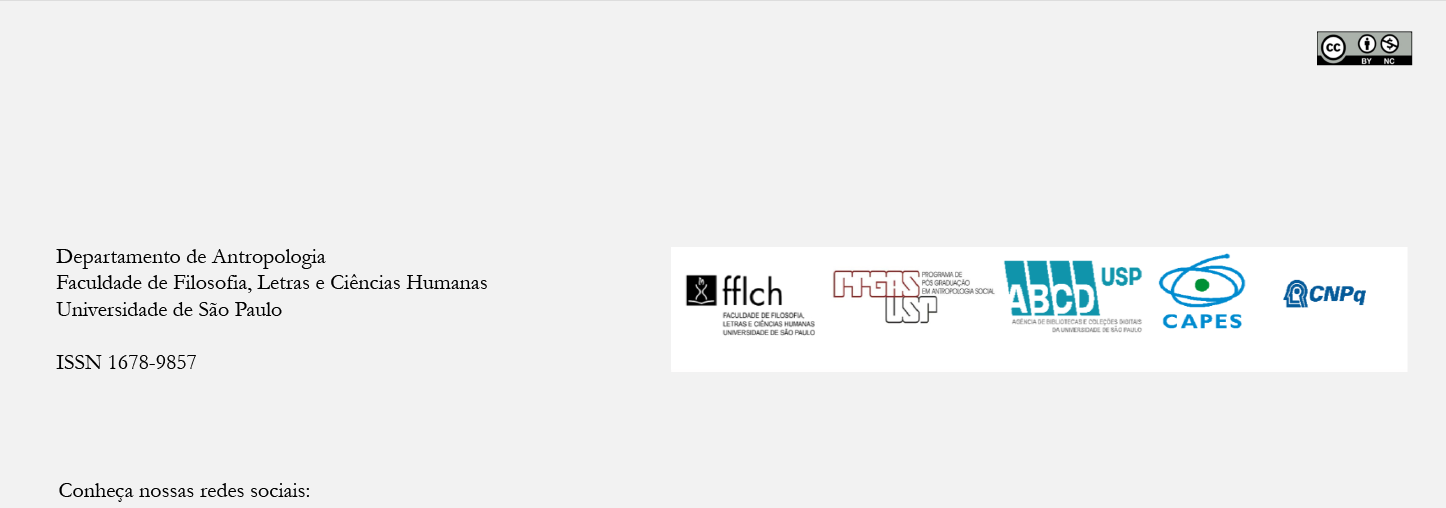Missionary Settlements and its Amerindian Transformations – a Jesuit Controlled Indigenous Village (Atlantic Coast 18th-19th century)
DOI:
https://doi.org/10.11606/2179-0892.ra.2015.102100Keywords:
Land Ownership, Transformation of Amerindian Space, Jesuit Missions, Territorialities, Place, Tupinambá of OlivençaAbstract
This article aims at contributing to the enlargement of historicities of Amerindian territorialities, based on diverse experiences among Amerindian populations living under constrains of colonial settlement. The ethnographical analysis proposes to revisit experiences of place among indigenous people inhabiting a Jesuit-controlled village in the south of Bahia during the colonial period (18th-19th century). I argue that Jesuit politics of civilization (namely, encouraging the Indians to cultivate swiddens - roças), subsequently followed by laic colonial politics, have been appropriated by the Indians to integrate different patterns of territoriality. Two configurations are here described. One based on time-limited ownership of specific terrains, such as opening paths in the forest and between former or current missionary villages. A second is based on personal responsibility to take care of a specific space.Downloads
Download data is not yet available.
Downloads
Published
2015-08-12
Issue
Section
Dossiê
License
Authors who intend to publish in this journal must agree with the following terms:
- a) Authors retain copyright and grant the journal the right of first publication. The work is simultaneously licensed under the Creative Commons Attribution License, which allows the work to be shared as long as the author and the initial publication in this journal are appropriately credited.
- b) Authors are authorized to sign additional contracts for non-exclusive distribution of the version of the work published in this journal (e.g., to publish it as a book chapter), as long as the author and the initial publication in this journal are appropriately credited.
- c) Authors are allowed and encouraged to publish and distribute their work online (e.g. on their personal webpage) after the editorial process, for this can generate productive changes as well as increase the impact and citation of the work. See The Effect of Open Access Publications.
How to Cite
Viegas, S. de M. (2015). Missionary Settlements and its Amerindian Transformations – a Jesuit Controlled Indigenous Village (Atlantic Coast 18th-19th century). Revista De Antropologia, 58(1), 69-104. https://doi.org/10.11606/2179-0892.ra.2015.102100



